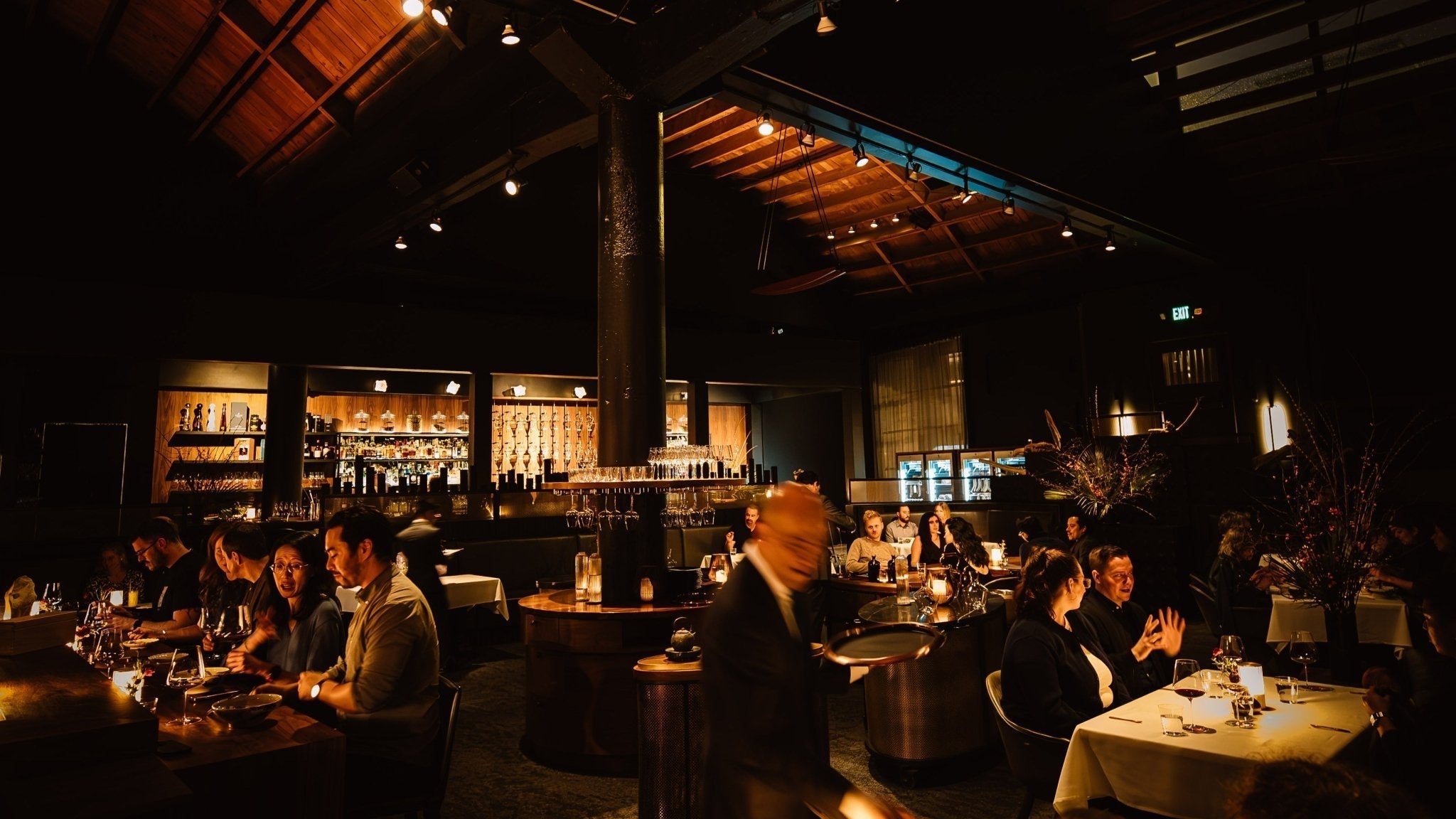
Aphotic Restaurant Shines a Light on Traceable Seafood in SF
Written by Team MUSUBI
As a culinary genre, seafood can take many forms. From the single-table, family-style meal of a crawfish boil to the most elegant omakase counter seat, bodies of water worldwide offer a vast bounty to feast on. At Aphotic in San Francisco, California, Chef-owner Peter Hemsley seeks to take advantage of that bounty and elevate the seafood dining experience in America—going beyond the traditional and diving deep into innovation. And he’s been awarded a Michelin star for his efforts.

Aphotic, from the Greek (ἀ- + φῶς), meaning “without light,” delivers that vibe from the moment you step inside. Set in a 1940s warehouse with 25-foot ceilings, the restaurant is kept dark to create a more intimate and creature-comfort setting, while fish are hung on hooks to dry age, evoking images of a steakhouse. To truly heighten the atmosphere, Chef Hemsley sources the dishes himself, scouring the internet for the right tableware to serve as the canvas for him and his team to set culinary art upon.
Many of those dishes are from us, MUSUBI KILN, so we made a call across the Pacific to discuss Chef Hemsley’s background, inspiration, and what draws him to the craftsmanship of traditional Japanese artisans.
Table of Contents
A Creator From the Beginning
Thus began the “chef journeyman’s life”, as he called it, “of moving around a lot and gaining experience.” The adventure took him to France twice for a few years each time, first attending culinary school, then working as a chef, as well as spending time in kitchens in New York City and San Francisco. After finding love in Paris, he ended up back in San Francisco, landing a job at the two-soon-to-be-three Michelin-starred restaurant, Quince. Post-Quince, eight years ago, he decided to strike out on his own.

The first of his restaurants was Palette, and it was at that time that he started looking into traceable seafood. While fermenting the idea that would become Aphotic, Chef Hemsley traveled throughout the state, going to ports and meeting up with merchants to check the flow of product with the intent of turning into a full seafood restaurant.
It’s this access to the sea, among other things, that keeps him in San Francisco: “There's no better market in the country to be in, product-wise.”
“I’m from Minnesota, not a natural candidate to be running a seafood operation… There's a clear line of creative interest from those who come from areas where they don't have those resources and are all of a sudden thrust into a market where they have access to a lot of those things. The intrigue and curiosity level is magnified in those individuals.”

Bringing Aphotic into the Light
When asked what sparked the idea for his restaurant, Chef Hemsley said it was the need to operate a best practices seafood restaurant, having found no other like it in fine dining. Rather than only focus on delivering quality, he also sought to maintain high standards in traceability. “Cultivating a roster of partners that I could work with along the California coast, the kinds of products that we were bringing in were a lot more exciting.”
And although the menu does have Japanese inspiration at times, it’s not entirely intentional. “The wares help communicate sort of like a Japanese feel, and certainly working with seafood you're going to have a lot of inspiration and connection to product from the Japanese culinary traditions, but I challenge myself and challenge the team to not see it from those perspectives even though we might get a lot of our ideas and recipes from that.”

His hands-on, California-focused approach lends itself to the restaurant’s interior as well. Reviews make reference to the “locally sourced driftwood” that accent the bathrooms, and custom walnut woodwork and bronze touches amplify the coziness. Being located in an old industrial warehouse, creating an intimate dining experience required some creativity in bringing it down to a human level and making it feel quite personal for the diners.

But because it’s so dark, he said, “It can be hard sometimes to see and appreciate the food. You eat with your eyes first… to use a black plate… you can’t see a lot of the microdetail.” As a result, he has naturally gravitated towards lighter, minimalist ceramics, some from MUSUBI KILN, resulting in a nearly 100% Japanese collection although he sources from European potteries as well. But he doesn’t stick to just one style: “I’m not adverse to color. It’s just kind of what our aesthetic plays well with. But also warmer woods… that’s why I’m drawn to lacquerware.”
Matching with MUSUBI KILN

A quick look at the Aphotic Instagram reveals the use of Arita ware and Mino ware, from Tasei Kiln and Hibino Ceramics , respectively. “Hibino just works for the aesthetic of the restaurant in a lot of ways. The really dialed-in forms, like that blue plate they have, is just really cool. It's like that fading blue sun kind of an effect.”

The traditional craftsmanship of these Japanese wares serves as a beautiful canvas for Chef Hemsley and team’s innovative course menu alongside local ceramics vendors. But seeking handcrafted items has its drawbacks, he says: “One of the things I find frustrating sometimes is you find something great and you're like, that's awesome. I need 30 of them and… there’s only two.” (Editor’s note: MUSUBI KILN apologized directly to Chef Hemsley, but acknowledges the high-caliber craftsmanship we provide doesn’t always lend itself well to the production levels that a restaurant needs.)
But just because we can’t always complete the collection with the numbers he requires doesn’t mean our site isn’t a valuable resource. He admits, “I unabashedly use it almost like you would for Google. Let's look what MUSUBI KILN has in terms of white plates or gold plates and then you find all these makers… I found it inspiring that way just as a categorical reference of other wares that would Inspire us to think about dishes.” Using our platform to discover new producers, he is able to set a starting point for his menus.

A new menu is introduced every three months at Aphotic, aligning with the seasonal shifts to accommodate available product. And when planning the change, he’ll ask Executive Pastry Chef, Deirdre Balao Rieutort-Louis, what she wants to do, which then informs his shopping for dishware samples. They’ll order pieces to see what works, and, “if it's sample objects that aren't gonna work for the restaurant. I'll take those home.”
Last Order

Throughout the whole interview, Chef Hemsley’s passion for the craft was clear. His hands-on approach to not just the culinary choices and cooking, but how and what they’re plated on, is ever-present in the cohesive and consistent visual of the course menu. And with his menu changing regularly with the seasons, we’re excited to see what he comes up with next—and what dish he will use.
APHOTIC
816 Folsom St. San Francisco, CA. 94107



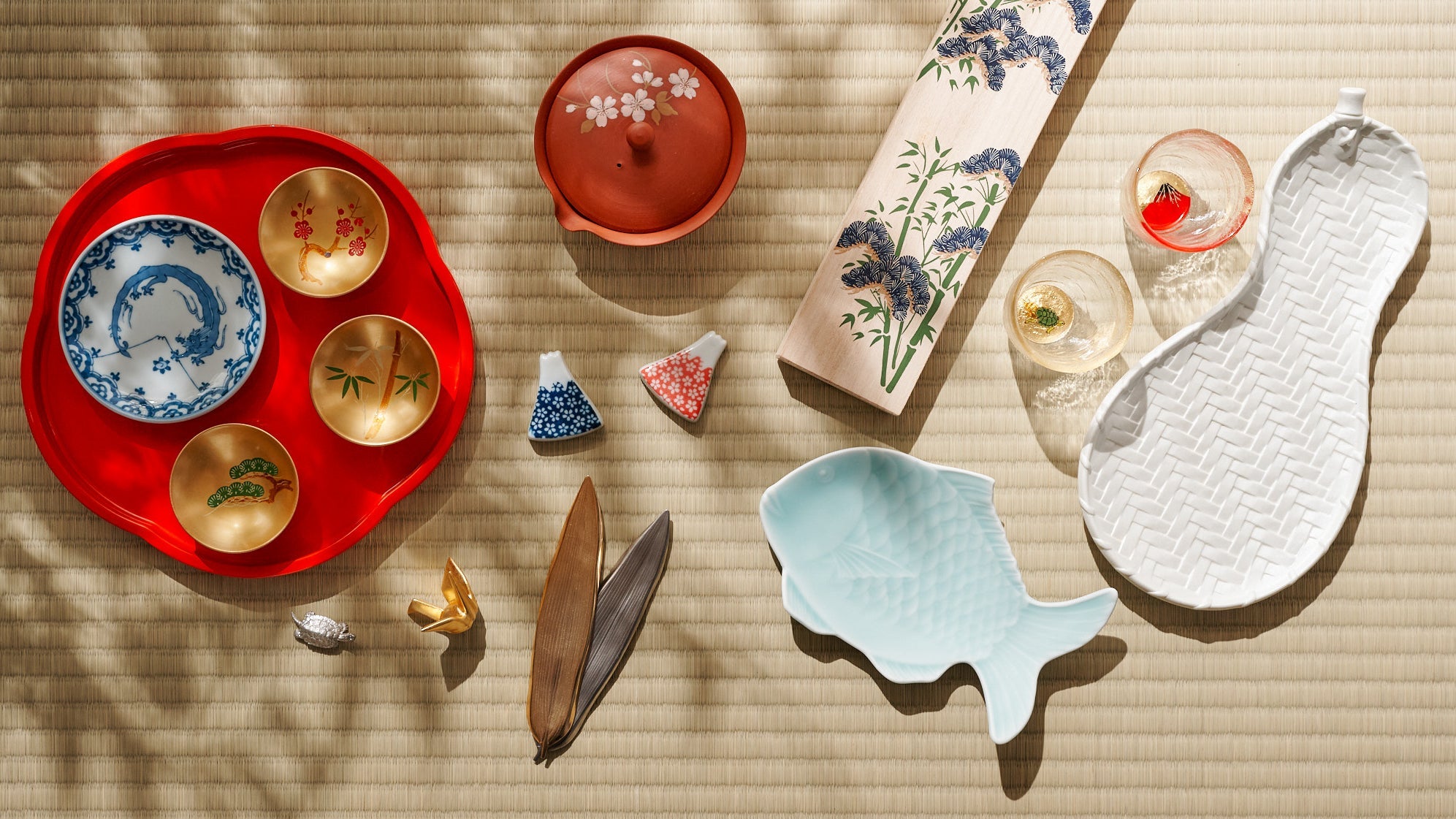
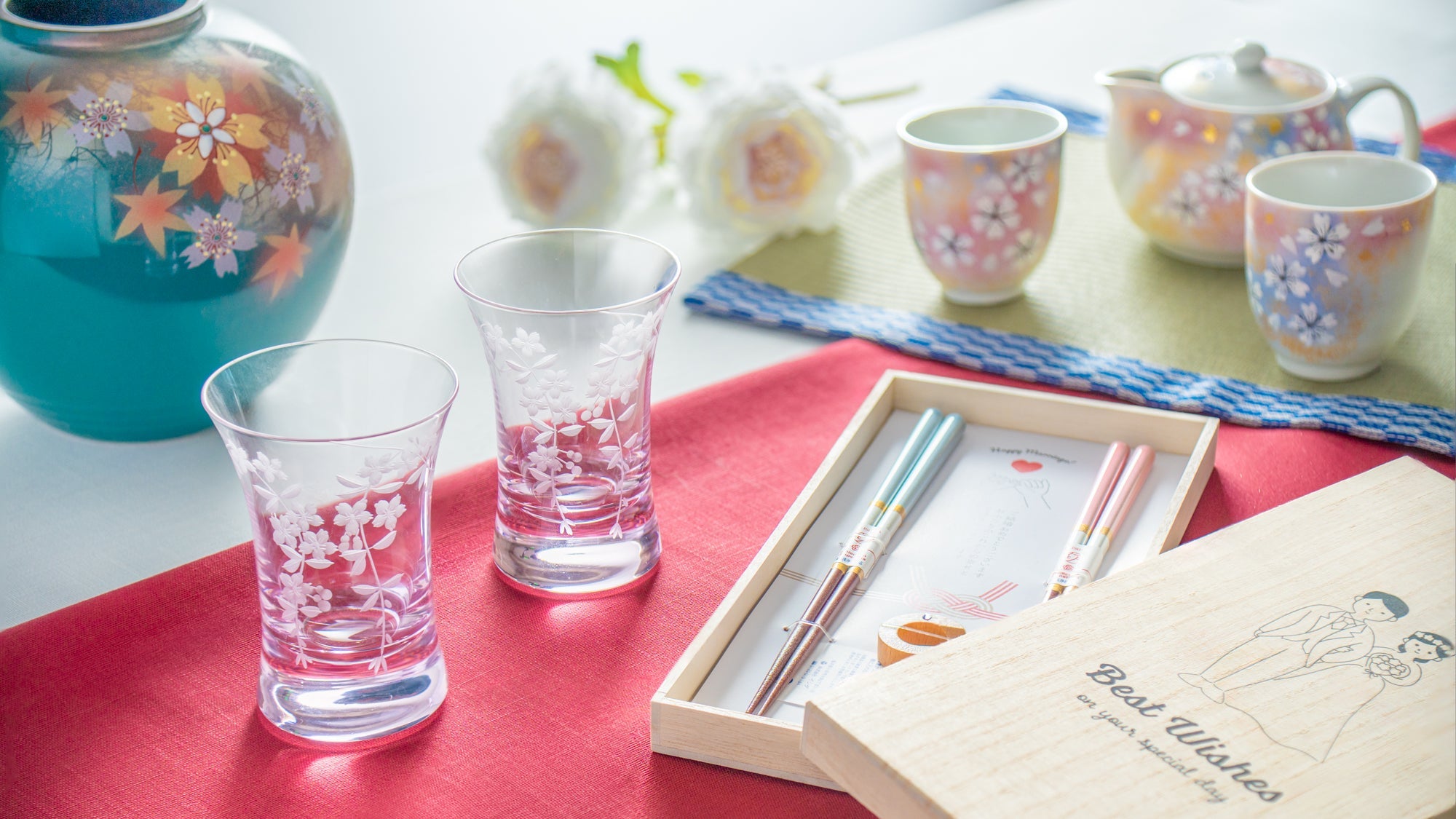
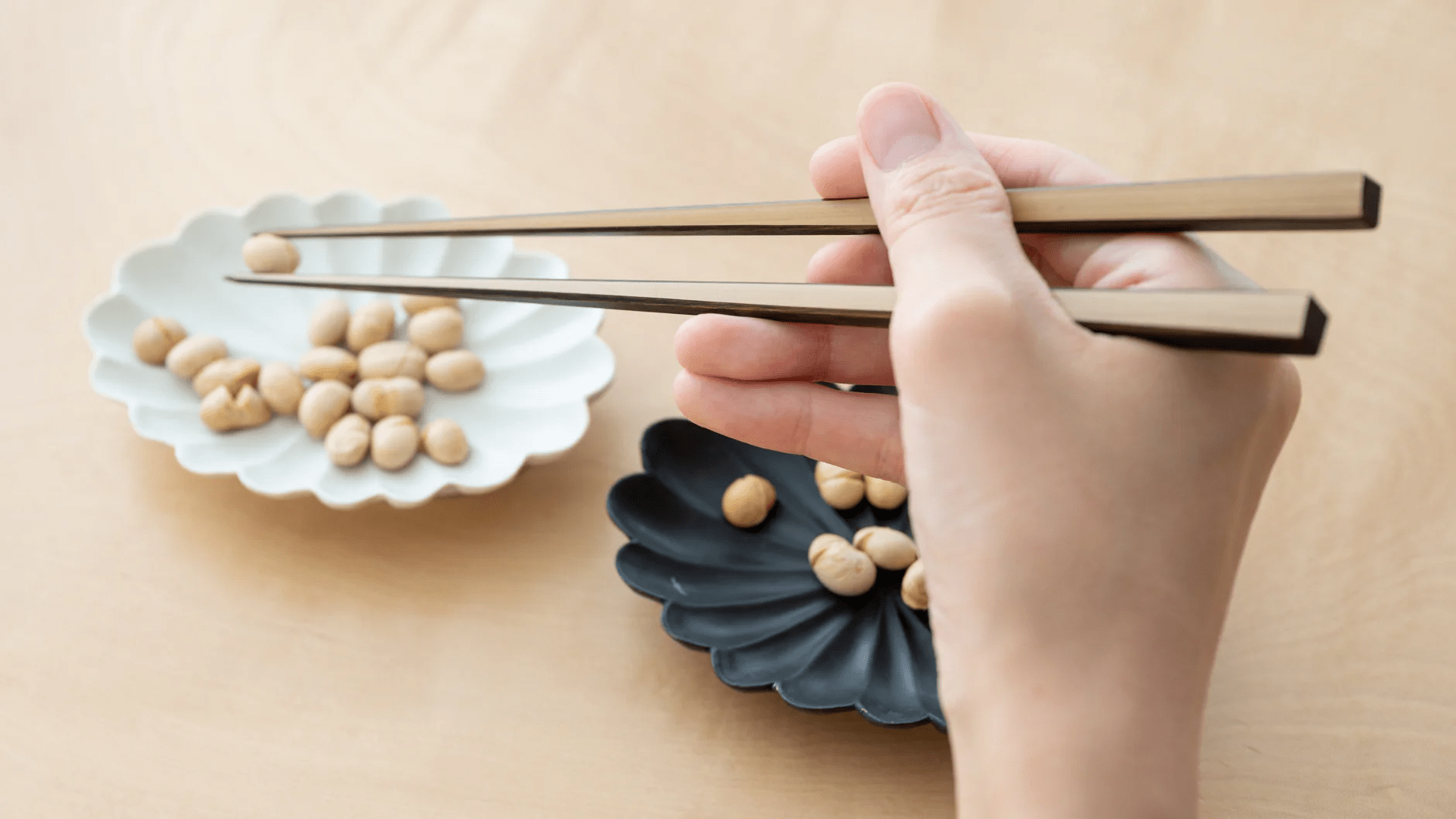
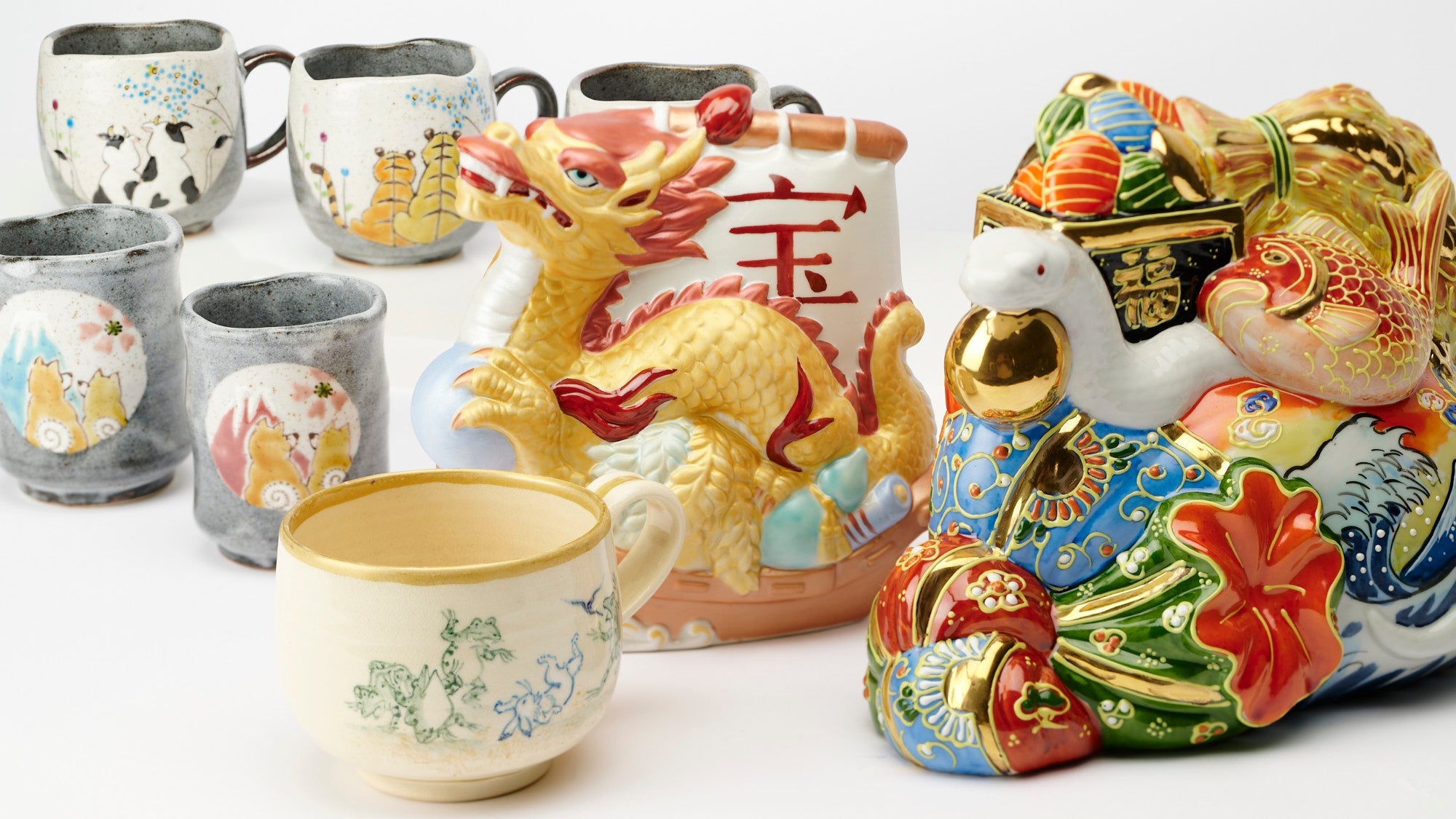
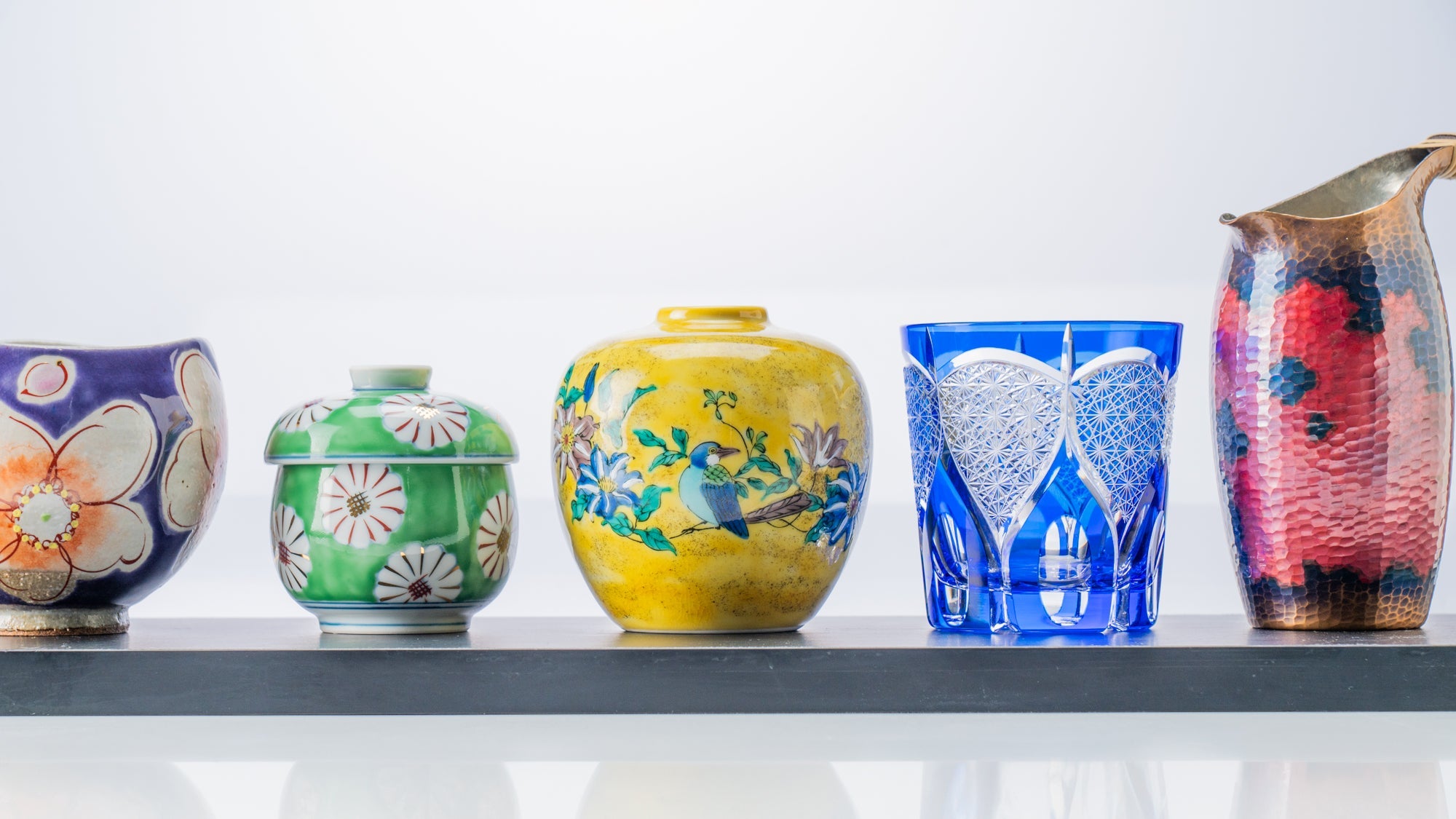
Leave a comment
This site is protected by hCaptcha and the hCaptcha Privacy Policy and Terms of Service apply.